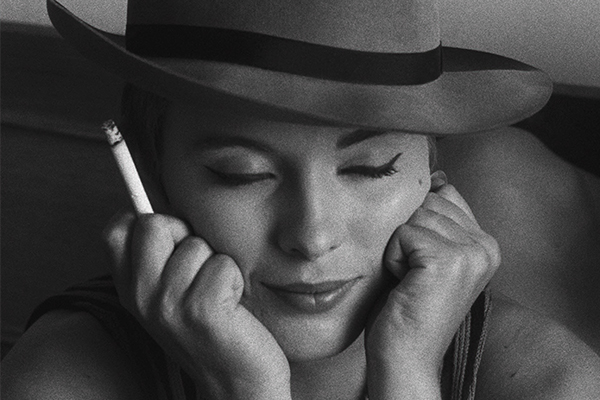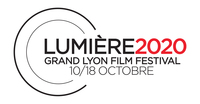Restoring Breathless: Behind the scenes of an extraordinary facelift
PostED ON OCTOBER 11 AT 5:15 PM
Jean-Pierre Boiget, Director of Operations at Studiocanal, deciphers the issues surrounding the restoration of the legendary feature film by Jean-Luc Godard and the New Wave. The work, requiring the precision of a goldsmith, was entrusted, for two years, to the Italian laboratory Immagine Ritrovata, with the participation of the CNC.

What motivated Studiocanal to give new life to Breathless?
First of all, it’s the movie itself. Breathless - celebrating its 60th anniversary this year - is a work that speaks to cinephiles around the world. We also decided that we needed to highlight a film of this calibre, a film of great importance to the history of cinema, a film that has had an HD master for a very long time, with material that has benefited from the latest technology. The restoration lasted two years, between the first tests and the validation of the master. It was completed last May and cost about 100,000 euros. For films of this magnitude, no one knows if there will be a next restoration. Maybe it will be undertaken in twenty or thirty years.
What material is this 2020 version based on?
It is based on the original film negative, even if it is damaged and has tears. We wanted to work with what was inside Jean-Luc Godard's camera to get a more defined image, with much more granularity and substance. A first restoration of Breathless was performed a little over ten years ago, with the participation of the late Raoul Coutard, the movie’s director of photography. It was a physical restoration that did not rely on the original negative, but on the interpositive.
The latter was already very damaged, and before 2010, it was difficult to carry out restorations on very damaged elements. The goal had been to release a 35mm print of the film that would allow it to be shown in theatres again. But we didn't have the same technologies. This time, we opted for the original negative, so as not to miss out on a feature film that has marked generations.
Did you apply Raoul Coutard's work to the original print?
Exactly. The restoration completed ten years ago is of immense value because it was stored in very good conditions. But above all, it was validated by Raoul Coutard, who left a "positive" print on which, shot by shot, he decided to calibrate. It is an invaluable reference. We repaired the physically damaged shots and relied on his version in terms of calibration, colourimetry, and detail to keep an image with the original specifications. We chiselled and polished the raw negative to bring it to the colour balance that had been validated at the time, which was extremely important to keeping the mood of the film.
Why did you choose HDR technology?
It was not an easy decision to make, because HDR was more designed to show explosive things on screen, with strong contrasts, "flashy" colours and high brightness. But it allowed us to store all the possibilities of the cinema version and then screen it for the general public. This means that moviegoers will be able to have an HD 4K blu-ray version that will contain everything it had, in terms of details, in the theatrical version. We looked for modern technologies to be able to show, without limits, what was done back then.
Concretely, what does the restoration reveal about the film?
If you compare the old and new versions, especially in the shots filmed in the bedroom, there are areas that were completely dark, where you can now see the detail of an object, a curtain... We even had to limit what was revealed on the screen for fear that the viewer would look away from the actors to observe, for example, what is happening in the street. We feared the eye would be drawn to these details. They are therefore sometimes slightly blurred so that the attention remains focused on the protagonists. We must not forget that the technique is there, above all, to accompany the story of the film. In short, cinephiles will be able to view a more precise and defined version of the feature film because the source used for this restoration is there as well. We have respected the artistic choices of its creator. The only difference is that they are now displayed more accurately on the screen.
What role did Jean-Luc Godard play in the restoration?
We hoped for the two years that he would agree to support us in this restoration. He was very happy to be contacted, but he told us that he no longer wished to see his works from the past.
Interview by Benoit Pavan

